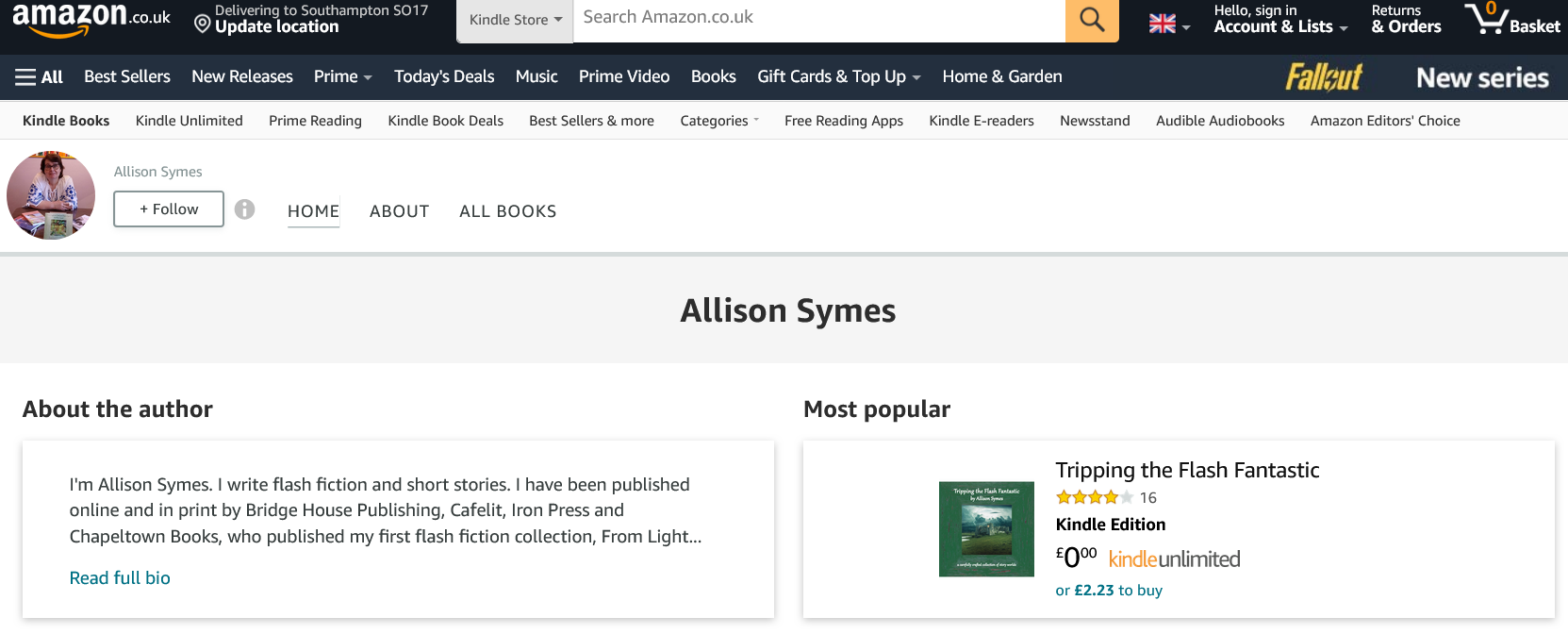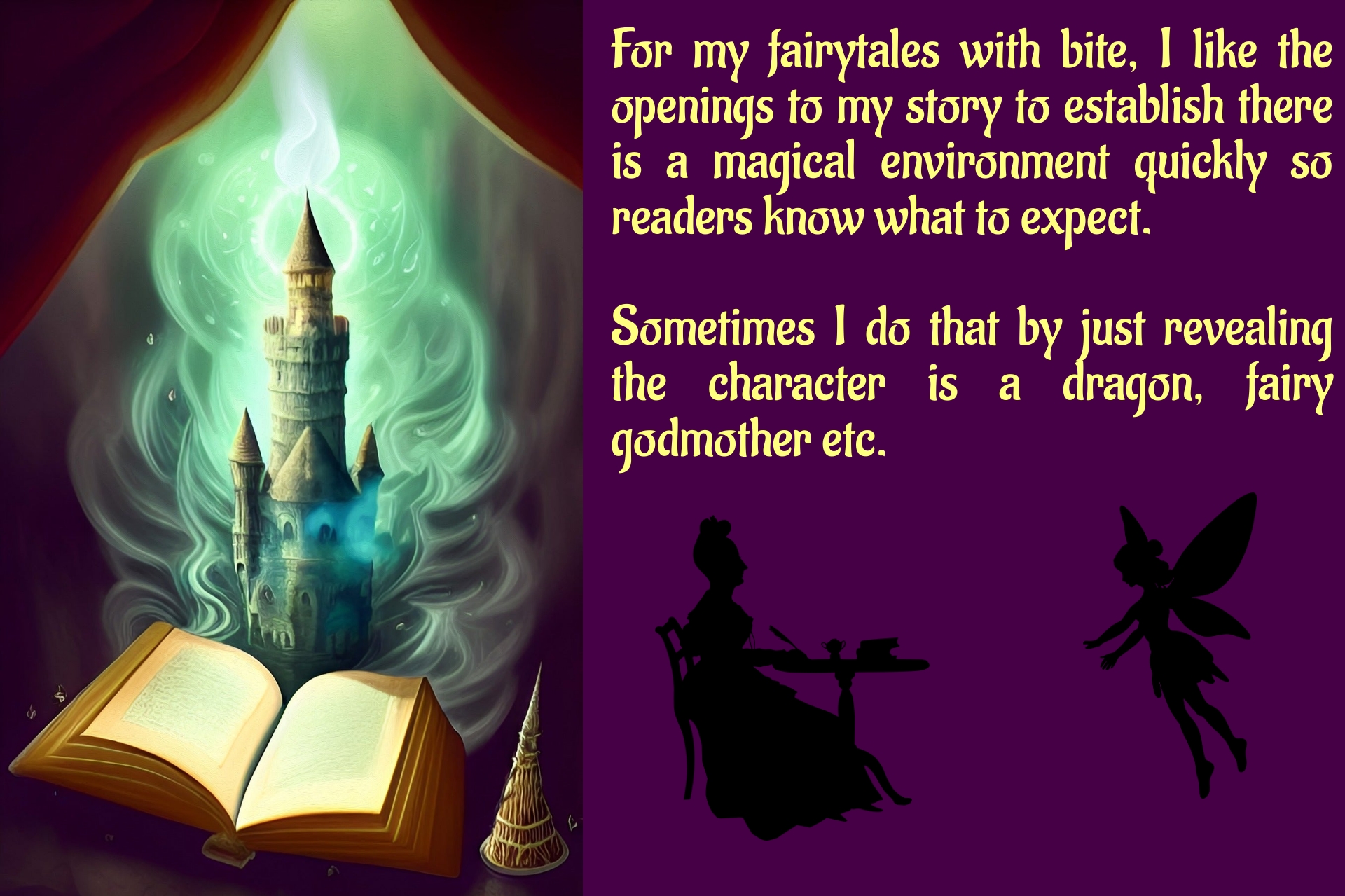Image Credits:-
All images from Pixabay/Pexels unless otherwise stated with many created in Book Brush. Book cover images from Chapeltown Books and Bridge House Publishing. Screenshots taken by me, Allison Symes.
Hope you have had a good week. Weather has slowly improved as the week has gone on. Writing wise, am delighted to share Part 2 of a fabulous interview with actress/writer/scriptwriter/artist, Sophie Neville, on Chandler’s Ford Today. Do check it out. (Have had some wonderful comments in on Part 1 too).
Lady has had a good week, getting to see her friends for most of the past few days. She always gets a real buzz from being with her buddies which is lovely to see.

Facebook – General and Chandler’s Ford Today
Am thrilled to share Part 2 of a wonderful interview with Sophie Neville on Chandler’s Ford Today. This week, Sophie shares, amongst other things, how she came to write about chronic fatigue, her love of travelling (especially by horseback), and what she’d like to take to a desert island if I let her have the Bible, Shakespeare and, because I’m a fan, Jane Austen. Hope you enjoy the post. Many thanks for the lovely comments which have come in on Part 1 (especially on Facebook).
Author Interview – Sophie Neville – A Creative Life on Water, In Film, and In Writing – Part 2
Lovely day. Lady got to see her Hungarian Vizler this morning and I was at the top of the queue to pick up a prescription at the chemists, which for me is about as common a happening as a solar eclipse. I’ll take this as a win!
Part 2 of my interview with Sophie Neville is up on Chandler’s Ford Today tomorrow, don’t miss. See above. Both parts of the interview have been a joy to prepare and there is so much inspiration here for anyone interested in the creative life in whatever way (as Sophie is also a very talented artist and scriptwriter).
Writing Tip: It’s easy to forget your old notebooks from writing conferences, events etc, but every now and again dig them out and have a look through. I’ve found work in these I’ve gone on to polish up and have published on CafeLit etc.
Equally you may come across something you want to explore further and which you’d forgotten about so it is well worth having a flick through your books. It’s also cheering to look back at your earlier works and then see where you are now, writing wise. You will have made progress.
I can look back through my books and spot more easily whether something written back then could be developed or not. Just knowing that means I know now what could work and what absolutely won’t. It saves time! But unless you do look back through your books, you really won’t find that nugget where you could do something.
 Nice day today despite the weather. Lady got to play with her Rhodesian Ridgeback and I’ve had my hair done. (I know. There is a Murphy’s Law for Having Your Hair Cut – that will be when the wind gets up and the rain comes down but never mind).
Nice day today despite the weather. Lady got to play with her Rhodesian Ridgeback and I’ve had my hair done. (I know. There is a Murphy’s Law for Having Your Hair Cut – that will be when the wind gets up and the rain comes down but never mind).
Looking forward to sharing Part 2 of a great interview with the lovely Sophie Neville on Chandler’s Ford Today on Friday. Again see above. So inspired by this interview – it is a fabulous celebration of creativity I think.
Meantime, if you’re looking for a fabulous read, do check out the latest issue of Writers’ Narrative. Plenty to enjoy here. The theme this time is editing, a subject dear to my heart of course, given I’m an editor (freelance) and copy editor (WN), as well as an author. If you don’t receive the magazine regularly, you can subscribe for free and the link is given in the magazine itself.
Facebook – From Light to Dark and Back Again
It’s lovely to start the working week with a story. It’s just as lovely to end the working week with a story! Am pleased to share my latest on Friday Flash Fiction – Time For A Change. What will Maisy do when her household objects go on strike? Find out here. Hope you enjoy the story.

Flash collections are joy to put together. I like to mix up the genres and the moods of my stories in mine. I like to think of this as giving a demonstration of what flash is and can be. I also don’t want to write or read “doom and gloom” tales all of the time, though they do have their place, which is why I like to ensure there is a good mix of humorous flashes, as well as darker ones in my books. Life is made up of humour and darker stuff so I think it apt my stories and books reflect that.
The one thing I have found I haven’t been able to write about at the time or now is the pandemic. I just wanted to escape all of that in my fiction, whether I was reading or writing it. That has remained the case. My publishers did bring out a couple of Covid related anthologies but I just couldn’t write anything on that. I suppose everyone has their blind spots.
If I have got to choose one overall favourite form of fiction, it is humorous writing, whether it is Austen, Pratchett, or Wodehouse (and there’s a trio to conjure with!). Never fails to cheer me up and I will always prefer that kind of fiction rather than the “more worthy” kind. Nothing wrong with humorous writing. Phenomenally difficult to get right.
I do have fun with my titles. I like to keep them as open as possible so readers have to find out which way I’ve taken them and that can only be done by reading the story. But I especially love “innocent” sounding titles like my Time for Tea in From Light to Dark and Back Again. My lead character in this thinks they’re being clever, but are they right to think it? Do check it out via my Amazon Author Central Page.
Give some thought as to what you want your titles to convey to a reader. Proverbs/sayings can make for excellent titles, as well as themes, and I’ve sometimes changed one word in these to “subvert” them for my own purposes. (Punish the Innocent from FLTDBA is an example of this).
Every so often, I do jot down potential title ideas and come back to them later. If they still seem good, I’ll get a draft done. But time away from possible ideas is just as important as time away from the first draft of a stale. You need that break to judge them objectively.

Fairytales with Bite – Openings Don’t Have to Be All Once Upon A Time
Many of my flash fiction tales are what I call fairytales with bite. They involve a magical character (fairy godmother, witch etc) and I dump them in a situation they have to get out of quickly. Sometimes they call on their powers. Sometimes doing that would make things worse and they have to find another way of resolving their issues. Often there is a humorous twist to my fairytales with bite and I love writing them.
The classic opening for fairytales from childhood stories of course remains as Once upon a time and I remember just hearing those four words meant it was time to settle back and enjoy having another fairytale read to me as a child. Many happy memories there! (And when I could read the books for myself as an older child, I still appreciated that opening. I knew what was to come by then but it didn’t spoil the story, far from it in fact. It was time to eagerly anticipate enjoying a favourite tale).
For my own stories though, I like to show a character in action (and this can include showing their thoughts indicating the attitude of the character immediately) or their setting.
I like to establish it is a magical environment quickly so readers know what to expect. Sometimes I do that by just revealing the character is a dragon, fairy godmother, so if magic is then used to help resolve the problem, readers aren’t surprised by it and it doesn’t seem coincidental. That matters. Coincidences never ring true in any kind of fiction.
So think about what you want your opening to convey to your readers. What do they need to know quickly? How will you show your setting is a magical one?

This World and Others – The Stories Your World Treasures or Fears
Every culture has its stories. Some will be stories they treasure. There will also be those that “are buried” and there can be various reasons for that. For example, there are some violent stories in most countries’ histories. Some of those will be remembered (at events like Armistice/Veterans’ Day). Others will be “not talked about”, often because they’re frankly embarrassing and, rightly, the countries concerned have moved on – rightly so too.
So when it comes to your stories and your sci-fi/fantasy/fairytale settings, which stories would be recognised and acknowledged by your characters and those who rule over them? Which stories would be ignored or deliberately suppressed and why? What would happen to anyone uncovering those tales (and it is inevitable someone would! When there is a secret in fiction, someone is bound to reveal it!).
Think about who told those stories. Did they know what the consequences would be? Did they suffer for their art? Or were those stories not approved of at the time of your setting looked on very differently going further back into your setting’s past?
Attitudes can change over time and that can also apply to stories. What would have been approved of years ago may well be condemned now (and vice versa).
Are there stories your world fears because they could so do much damage if these were more widely known? What do the authorities do to keep those stories restricted to limit the risk of that damage ever happening and are they right to take this action?
Stories can convey truth. Not everyone welcomes that. So definite ideas for your own tales could emerge from that thought.

WRITERS NARRATIVE SUBSCRIBER LINK


AMAZON AUTHOR CENTRAL – ALLISON SYMES

https://platform.twitter.com/widgets.jsAuthor Interview – Sophie Neville – A Creative Life on Water, In Film, and In Writing – Part 2 https://t.co/T22L8IUjzR This week, Sophie shares how she came to write about chronic fatigue, her love of travelling, and what she’d take to a desert island, amongst other topics.
— Allison Symes (@AllisonSymes1) April 12, 2024
https://platform.twitter.com/widgets.jsTime For A Change, by Allison Symes – Friday Flash Fiction https://t.co/tDF8ez2wWz It’s lovely to start AND end the working week with a story. My latest on FFF is Time For A Change. What will Maisy do when her household objects go on strike?
— Allison Symes (@AllisonSymes1) April 12, 2024
https://t.co/80d7Qo03N0 pic.twitter.com/UFCLtOXlxz

























































































